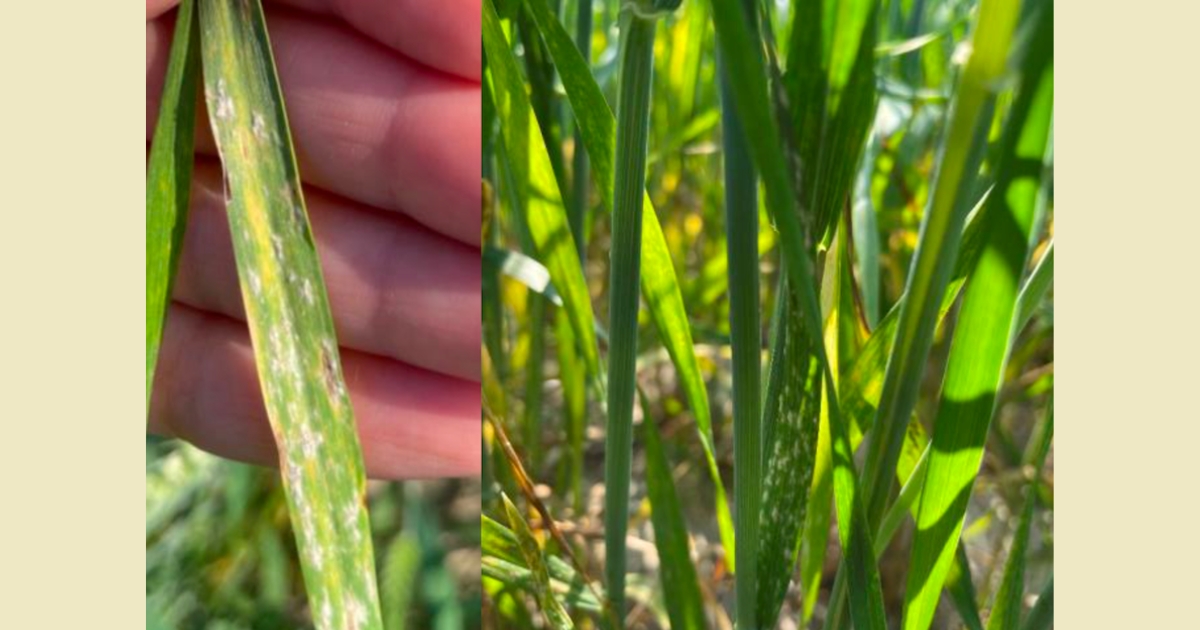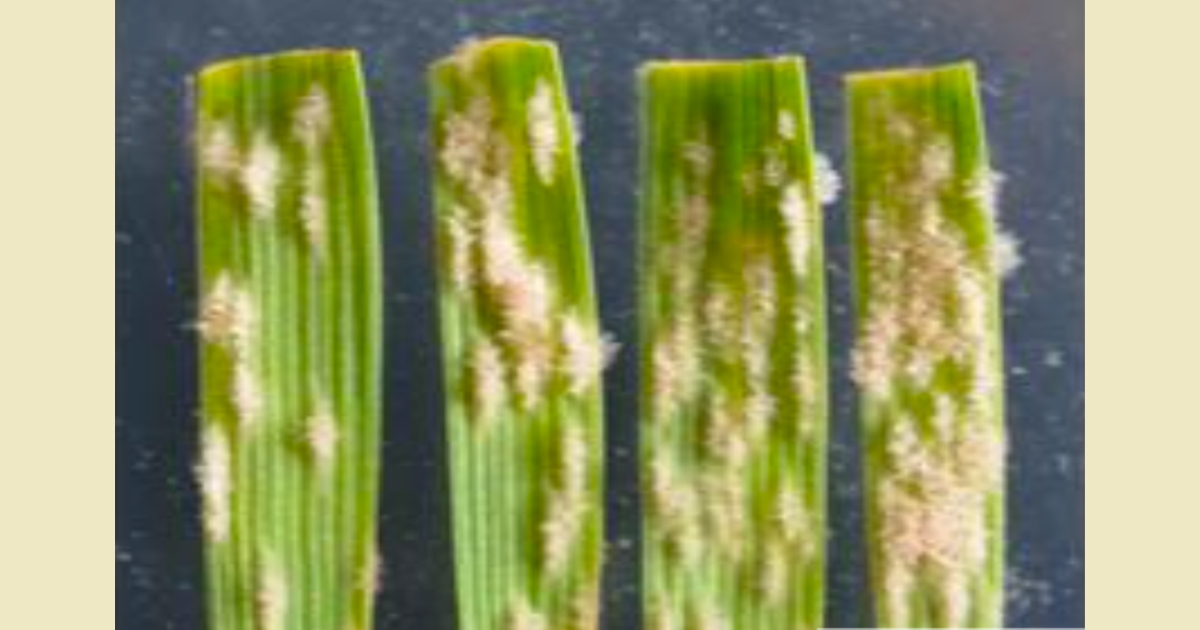
Fact Sheets And Publications
- Health & Well-being
-
Agricultural Programs
- Agribusiness
- Animal Science
- Beginning Farmer Program
- Commercial Crops
- Commericial Horticulture
- Delaware Soil Testing Program
- Disease Management
- Farm Vitality and Health Project
- Irrigation
- Nutrient Management
-
Insect Pest Management
- Insect Trapping Program
- IPM Hot Topics
- Commercial Field Crop Insect Management
- Commercial Field Crop Disease Management
- Commercial Fruit & Vegetable Crop Pest Management
- EIPM Implementation Projects
- Pollinators
- Research and Extension Demonstration Results
- Brown Marmorated Stink Bug (BMSB) Management, Research, and Resources
- Publications
- Pesticide Safety Education Program
- UD Plant Diagnostic Clinic
- Variety Trials
- Weed Science
- Certified Crop Advisor Program
- Poultry Biosecurity
- 4-H
-
Horticulture
- Climate Variability and Change
- Delaware Soil Testing Program
- Forestry
- Lawn and Garden
- Master Gardeners
- Master Naturalist Program
-
Nutrient Management
- Nutrient Management Certification
- Continuing Education for Nutrient Management
- Nutrient Management Planning Resources
- Commercial Nutrient Handler Resources
- Poultry Litter and Manure Management
- Turf Management
- Agriculture Notebook
- Horticulture Handbook
- Agriculture & Horticulture Handbooks
- Crop Production
- Soil Fertility
- Delaware Climate Change Coordination Initiative (DECCCI)
- Salt Impacted Agricultural Lands

Powdery Mildew on Small Grains
May 2025 | Written by: Joseph Cinderella and Dr. Alyssa K. Betts
Introduction
- Powdery Mildew (PM) is a fungal leaf disease caused by Blumeria graminis , which can reduce grain yield and quality in cereal crops.
- B. graminis species can be subdivided into Formae specialis groups (f. sp.) based on host: Wheat (f. sp. tritici), Barley (f. sp. hordei), Rye (f.sp. secalis), and Oats (f.sp. avenae).
- PM is not typically observed until temperatures reach 59-60°F for 1-2 weeks.
Identification
- Early symptoms begin as small yellow flecks visible on the leaf surface, affected crops may appear yellow when viewed from a distance.
- Fluffy white to gray mycelia develop on the top of the leaf (Fig 1A), starting low in the plant and moving up the canopy (Fig 1B).
- Black fruiting bodies for fungal reproduction (chasmothecia), may form within the mycelia.
- During severe infections, mycelia can spread to the plant stems, awns, and glumes.


Management
- PM is favored by cool, humid weather, declining once temperatures are above 75°F.
- Crops are particularly susceptible when plants are rapidly growing, such as the beginning of tillering and after nitrogen applications. Avoid over-fertilization.
- Selecting varieties with complete or partial resistance is an effective strategy and often sufficient to keep PM at low levels.
- If PM moves up the canopy and the environment stays conducive, multiple fungicides are labeled to manage PM and can be sprayed according to the label.
References
Crop Protection Network (2022, January 24). Powdery Mildew of Wheat. Retrieved from: https://cropprotectionnetwork.org/encycloped ia/powdery-mildew-of-wheat
Troch, V., Audenaert, K., Wyand, R.A., Haesaert, G., Höfte, M. and Brown, J.K., 2014. Formae speciales of cereal powdery mildew: close or distant relatives?. Molecular Plant Pathology, 15(3), pp.304-314.
UD Cooperative Extension
This institution is an equal opportunity provider.
In accordance with Federal law and U.S. Department of Agriculture policy, Cooperative Extension is prohibited from discriminating on the basis of race, color, national origin, sex, age, or disability.
The University of Delaware is an Equal Opportunity Institution and Provider. Visit UD’s Office of Equity & Inclusion to learn more.
Additional Links
531 South College Avenue Newark, DE 19716 (302) 831-2501
